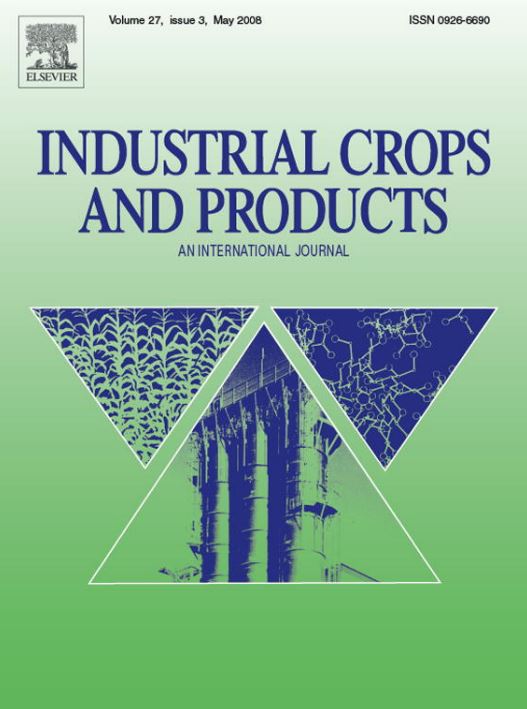Abstract
Medicinal cannabis (Cannabis sativa L.) contains various plant specialized metabolites, such as cannabinoids and terpenoids. These metabolites are mainly accumulated in inflorescences and are the primary focus of cultivation. Medicinal cannabis is often cultivated in indoor farming with electrical light, which allows for light intensities to optimize quantity and quality of production. Although it is known that an increase in light intensity results in increased inflorescence yield in cannabis, its impact on specialized metabolites remains unclear. We aim to quantify the effects of light intensity on the yield of specialized metabolites, and to elucidate which plant traits explain these effects, using a yield component analysis. Hereto, we conducted an experiment in a climate-controlled chamber using broad-band white LEDs at three light intensities: 600, 800, and 1000 µmol m−2 s−1 photosynthetic photon flux density (PPFD), applied during the generative phase (8 weeks with a 12-h photoperiod) in cannabis cv. ‘Critical CBD’. Yield of specialized metabolites, including cannabinoids and terpenoids, strongly increased with increasing PPFD due to increases in both their concentrations and inflorescence yield. The inflorescence yield showed a proportional increase with PPFD, resulting in a constant light use efficiency. The higher inflorescence dry mass was mainly caused by an increase in total plant dry matter production, and to a lesser extent a larger fraction of dry mass partitioned to the inflorescences. Leaf photosynthesis was higher for plants grown at higher PPFD. This study shows that cannabis can use very high light intensity, resulting in high yield of specialized metabolites due to high inflorescence mass and metabolite concentrations.


